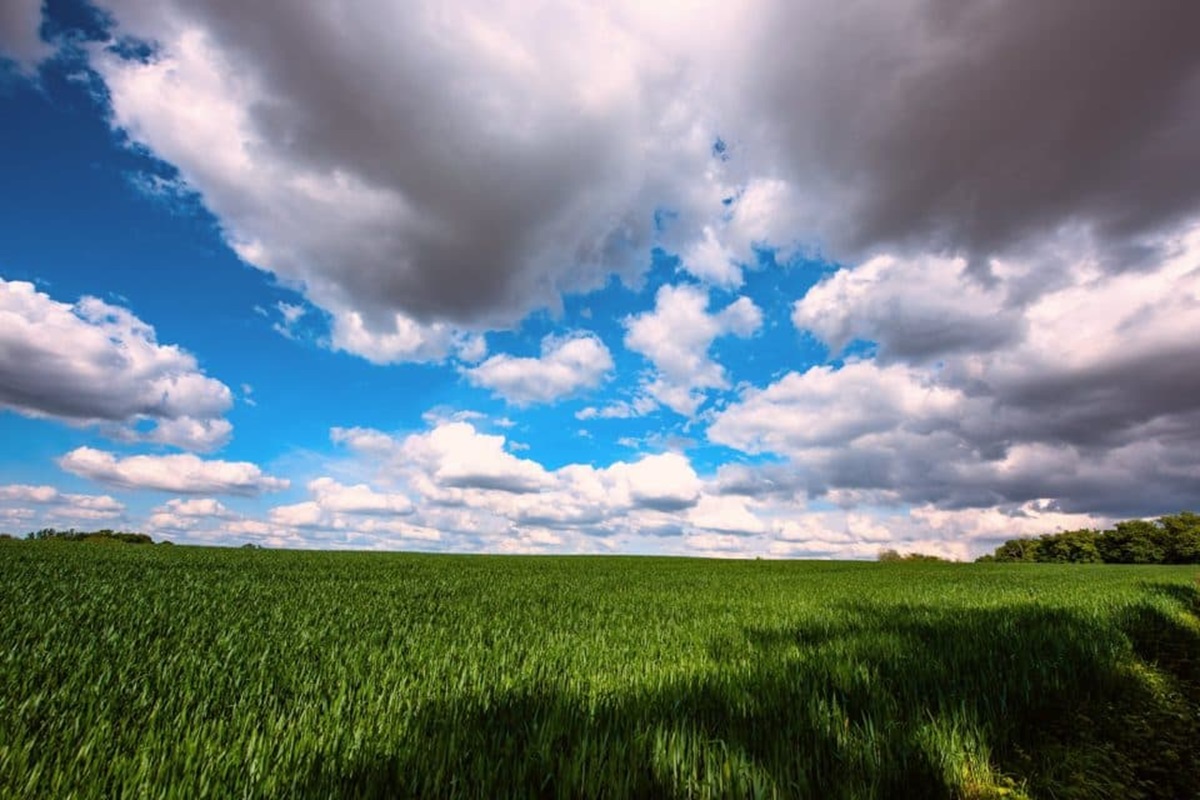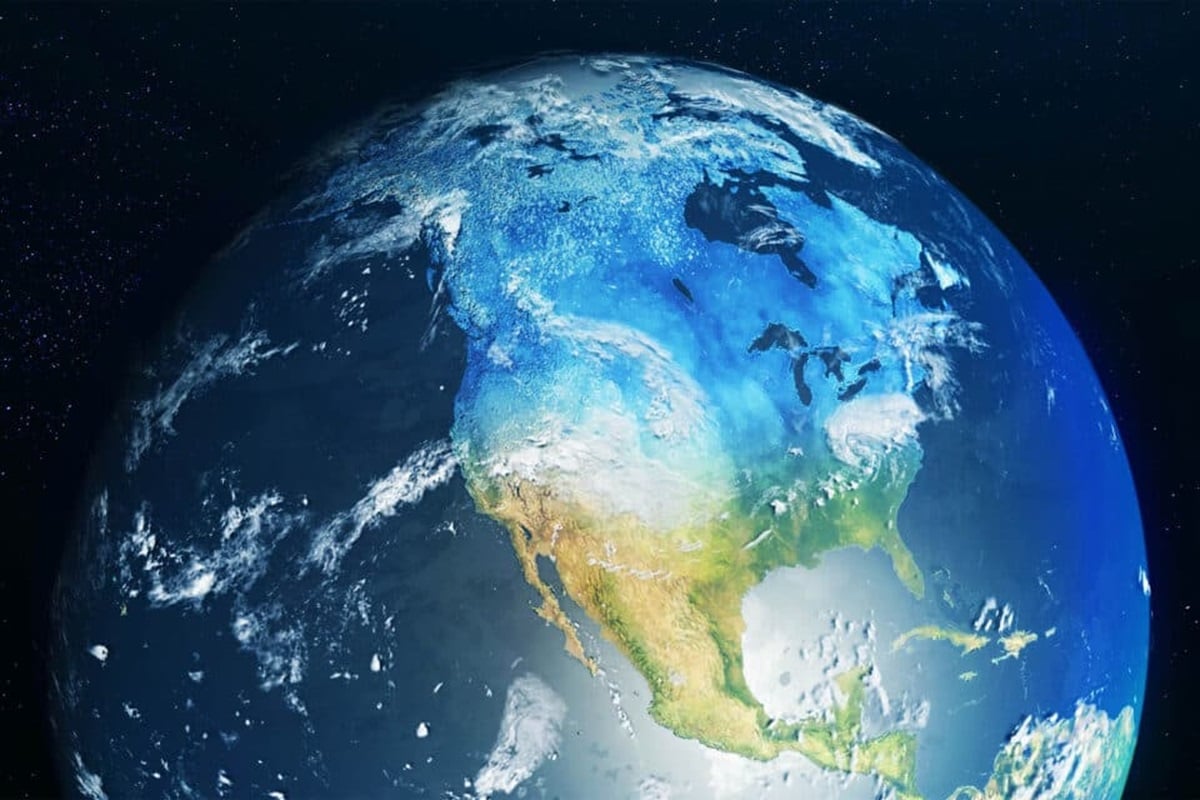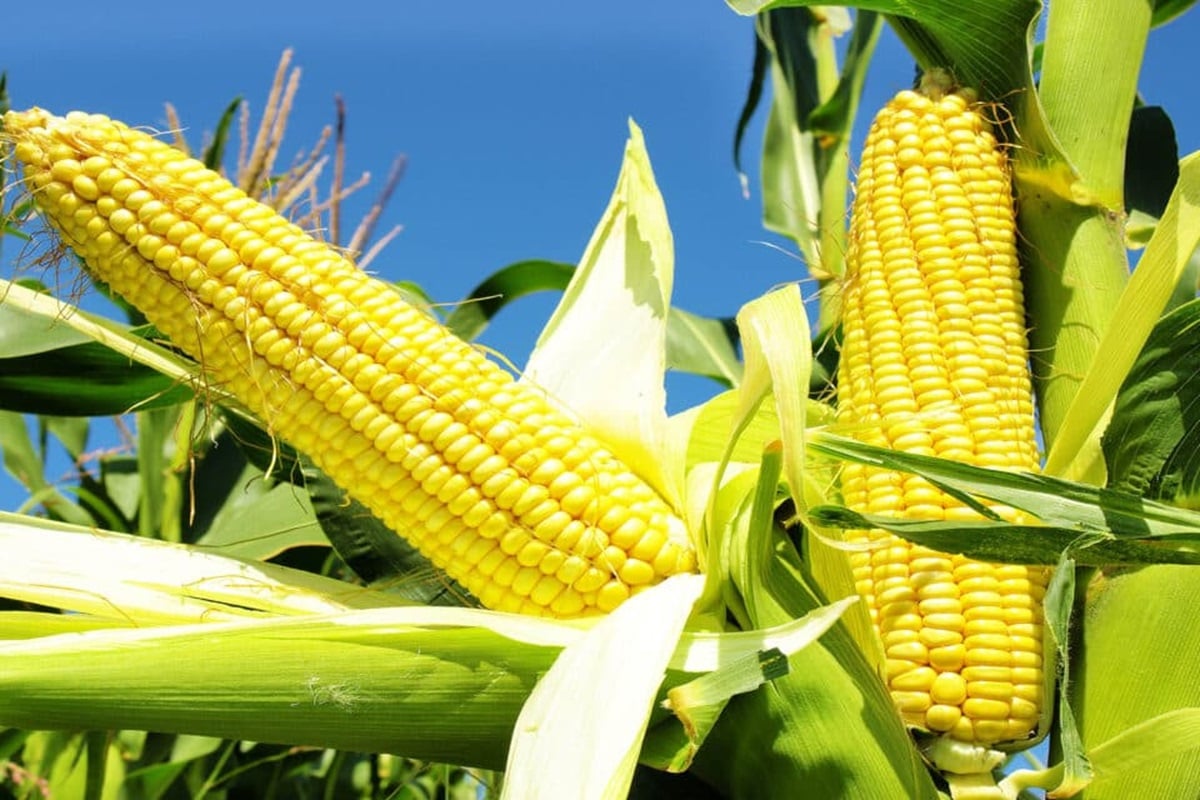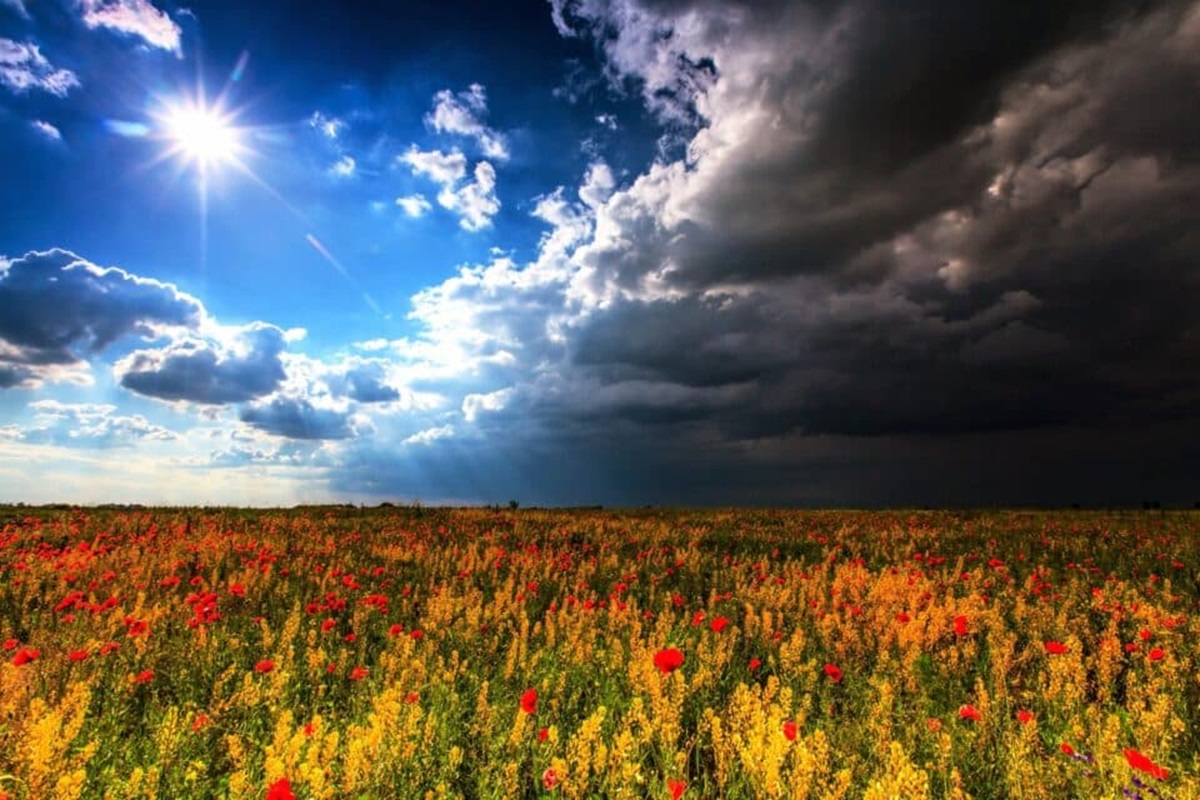Climate change is significantly damaging the Amazon rainforest, often referred to as the “lungs of the Earth.” The Amazon plays a crucial role in mitigating global warming by absorbing significant amounts of carbon dioxide (CO2) from the atmosphere. It is facing unprecedented challenges due to climate change and human activities such as deforestation.

Key Challenges:
1. Deforestation and Land Use Changes: The Amazon has lost a significant portion of its forest cover due to deforestation, mainly for agriculture, urbanization, and logging. This not only contributes to climate change but also increases the rainforest’s vulnerability to drought and extreme weather events.
2. Climate Change-Induced Droughts: The Amazon is experiencing record droughts, which are primarily driven by climate change. These droughts disrupt ecosystems and affect millions of people who rely on the rainforest for transportation, food, and income.
3. Increased Evaporation and Water Loss: Climate change has reduced rainfall in the Amazon during the drier months and increased evaporation from plants and soils, leading to more water loss. This exacerbates the droughts and makes the rainforest more susceptible to wildfires and dieback.
4. Tipping Point and Dieback: The Amazon is at risk of reaching a tipping point, beyond which it could rapidly and irreversibly die back, releasing stored carbon into the atmosphere and potentially becoming a significant source of CO2 emissions.
Consequences
1. Loss of Biodiversity: The Amazon is home to approximately 10% of the world’s known species, and its destruction could lead to the loss of many more species yet to be discovered.
2. Impact on Global Climate: The Amazon’s ability to absorb CO2 is crucial in the fight against climate change. If it reaches a tipping point and begins to release more CO2 than it absorbs, it could significantly worsen global warming.
3. Disruption to Local Communities: The Amazon provides essential services like water supply, food, and income for millions of people. Its degradation could lead to significant social and economic impacts on local communities.
Efforts to halt deforestation and promote sustainable land use practices are crucial to preserving the Amazon. Global cooperation to reduce greenhouse gas emissions is essential to mitigate the effects of climate change on the Amazon.
Expanding protected areas, promoting forest restoration, and supporting indigenous communities in their conservation efforts can help protect the Amazon’s biodiversity and ecosystem services. By addressing these challenges and implementing effective solutions, it is possible to mitigate the damage to the Amazon and ensure its continued health and resilience in the face of climate change.








